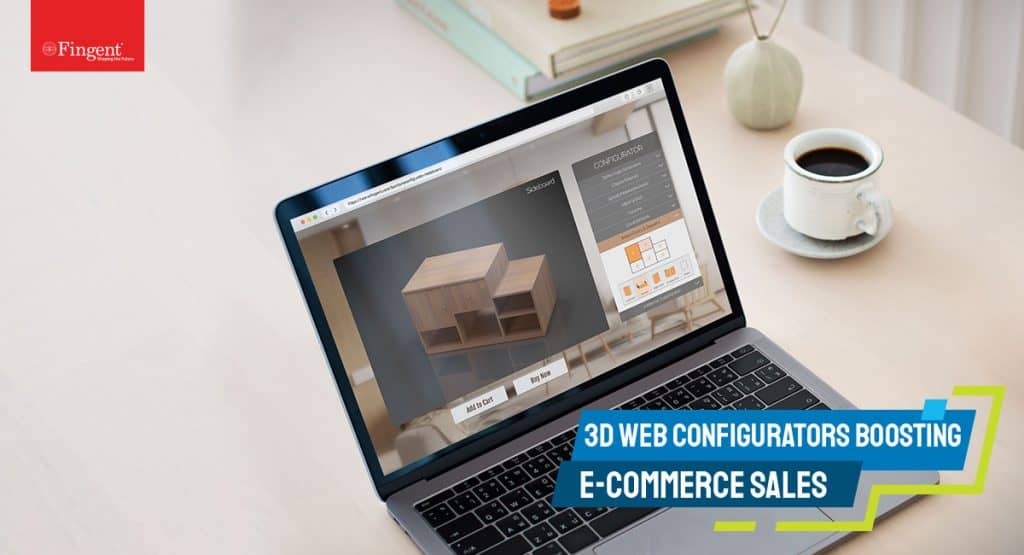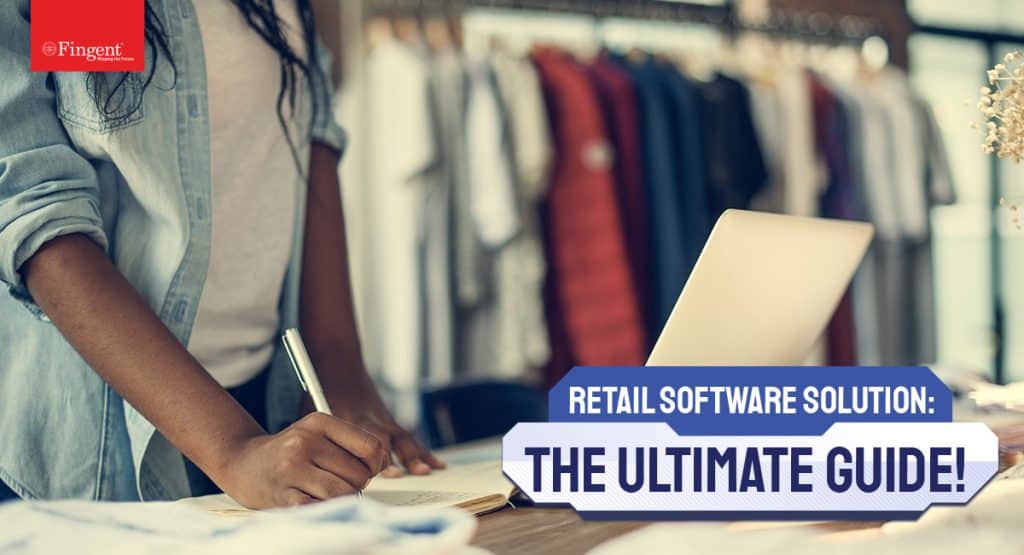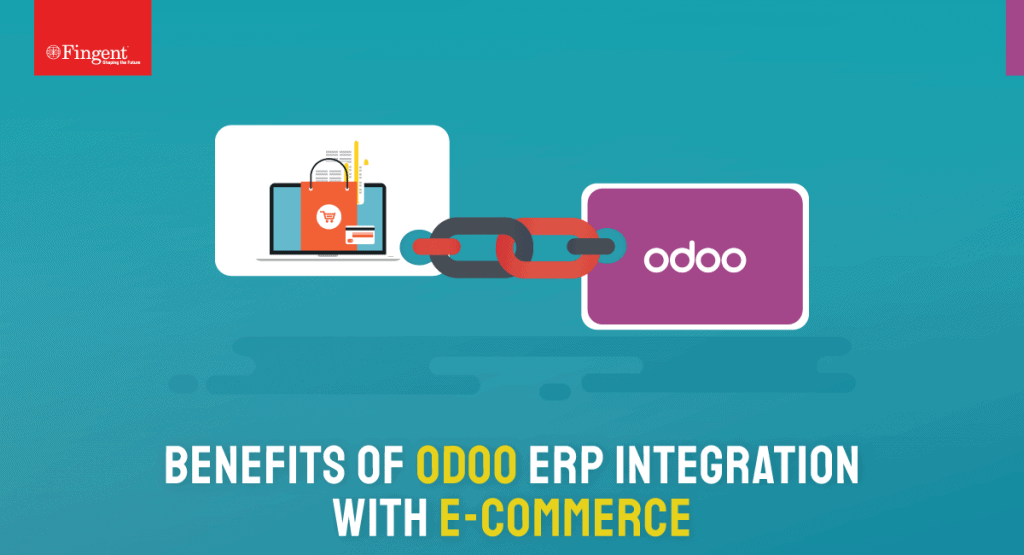Tag: digitalizing retail stores
The impact of the pandemic on consumers across the globe has dramatically changed their demands, needs, and behavior. Many of these changes have critical implications for businesses in most sectors. To succeed in the next normal, businesses must respond proactively.
COVID-19 jolted consumer demand in a way that sets it apart from past disruptions. As a result, customer loyalty took a hard hit. Executing the four Ps of marketing (optimization of product, price, place, and promotion) became more complex than ever. Businesses must redouble and broaden their efforts toward meeting ever-changing customer demands and behavior.
As with everything else, it is important for an organization to know and understand its customers. If your company is at crossroads with today’s Ecommerce customers’ needs, this article will help you understand how technology can help satisfy these uprising demands quickly and effectively. So then, let’s first understand how customer behavior, needs, and demands change.
Read more: What are 3D Web Configurators? How do they Boost Ecommerce Sales and Drive Customer Satisfaction?
Ecommerce Customers’ Behavior, Demands, and Needs
Customers are like the moving targets. The key to success is to understand their behavior trends and use technology to help satisfy these uprising needs and demands. Linnworks research pointed to five such trends:
- Convenience is the need of the hour: 76% of consumers feel that convenience is the top priority in choosing a retailer. 90% of shoppers focus on using a trouble-free online store.
- The frictionless shopping experience is most valued: It was noted that 58% of consumers abandoned an online store altogether because they were difficult to use.
- Omnichannel shopping is gaining traction: One in three consumers has purchased an item while on social media. 71% of consumers prefer to complete a purchase on a social site without having to exit to the retailer’s site.
- Consumers demand flexible payment options: Four in five shoppers expect the “buy now, pay later” payment option.
- Delivery convenience: 95% of consumers say that fast and reliable delivery methods play a crucial role in their decision-making.
How Can Technology Help Satisfy these Uprising Needs and Demands of Today’s Consumers?
1. Allow your consumers to experience products before they buy
The biggest roadblock facing Ecommerce businesses has been the inability of consumers to experience products before they buy. Everyone likes to try on clothes they like to buy or see how is their new couch looks in their living room.
This is where AR (Augmented Reality) can help your business. AR can help your consumers try on clothes or closely inspect the components of a mobile device. AR market is expected to reach 2.54 billion by 2023. Online retailers who fail to take full advantage of this technology may likely experience business disruption.
2. Bring your product to life with virtual shopping
Virtual reality shopping can bring your products to life. It helps your customers to have an in-store-like experience, without actually being there. VR technology allows you to tag products so your customers can purchase on the spot. It can instantly connect buyers with customer service executives.
VR can make product recommendations based on customer metrics. It can also cater to both desktop and mobile users. Thus, it provides a better customer experience attracting more customers to your online store.
3. Be omnichannel ready
Todays’ Ecommerce customers like to cross-channel research and purchase. So, they expect smooth interactions across these channels and devices. Technology can help you to provide your customers with what they want, when they want it, and where they want it to. Some of these technologies include video chat, screen sharing, document interaction, e-signature, and more.
Co-browsing is an effective visual engagement system. It can bring your sales executives and customers together on the same page, at the same time. This allows your executive to guide your customers through the complex procedures making their customer journey as smooth as it can be.
Read more: Custom Retail Software Solutions: Everything You Need to Know!
4. Enhance customer communication with chatbots and AI
Artificial Intelligence has a major impact on how we live and work. Voice shopping is expected to jump to $40 billion by 2022, rising from $2 billion today. And 45% of millennials have already been shopping using voice assistants.
Chatbots and AI improve customer experience and boost brand image. These chatbots can be personalized to order food, get recommendations for almost anything, receive details regarding payment or order status, and more.
5. Hassle-free checkout process
Inefficient checkout processes can raise the chances of cart abandonment. However, this problem can be avoided by embracing technology that provides quick and efficient checkout solutions.
Technology enables speedy mobile payment solutions, allows your customers to save card details for repeat purchases. Above all, it proves one-page hassle-free checkouts and offers a range of payment options. All these can alleviate any potential difficulties your customers may face at checkout.
6. Enable m-commerce to enhance Ecommerce
Today many shoppers shop on the go. Hence, mobile platforms have gained greater importance. So much so that m-commerce is emerging as a concept. Given that, providing a mobile-oriented shopping experience will certainly help you win potential customers, maximizing your chances of future success.
Ecommerce mobile apps offer continuous engagement with your brand. It can help them familiarize with new and relevant purchasing opportunities. These apps also allow you to market products relevant to the specific geographical location of your customers.
Read more: 5 Reasons to Integrate Your E-commerce Application with Odoo ERP
How Can Fingent Help Deploy These Evolving Technologies For Ecommerce Businesses?
It is one thing to understand your consumer behavior but another thing entirely to implement technology to satisfy their demands and needs. Fingent is here to help you implement these technologies efficiently. We can help you move the needle and dominate your niche in the Ecommerce industry.
Fingent top software development company, can help you implement those that make sense and put the rest on the back burner. We can aid in the success of your Ecommerce venture by implementing cutting-edge technologies. Our development experts will help you promote your products in new and innovative ways.
Choosing Fingent can help you save a lot of time and money and avoid unnecessary complexity as we can provide all the needed components. Our platforms are easy to manage yet robust enough to house thousands of products. We can handle unique order processes and payment terms for your Ecommerce sales. Let’s get talking.
Stay up to date on what's new

Featured Blogs
Stay up to date on
what's new



Talk To Our Experts
CX Solution to Improve Retail Growth
Nurturing communities and building loyalties is now more critical than ever for all retail brands. With instant access to the latest trends and technologies, customers demand better experiences in their interactions with retail brands across all touchpoints. Hence, Customer experience (CX) has become the most important facet of the retail marketing strategy. Retailers, therefore, have to focus on improving CX through every channel.
Importance of CX solutions
Companies can leverage authentic data and modern technology to transform customer experiences and positively impact their business’ future. While most organizations do have systems in place to track the performances of their CX strategies, few track the end-to-end customer journey. Using appropriate CX solutions, organizations can bridge the gap between expected and actual experiences. CX solutions help companies measure and understand the impact of their CX management strategies.
By employing CX solutions, you can manage the interactions that current and potential customers can have with your brand, thus enabling you to meet or exceed their expectations. CX solutions leverage customer interactions to align the brand image according to the customer’s perceptions. This helps you foster strong and long term customer relationships.
Related Reading: 5 Ways to Enrich Customer Experience at Your Retail Store
Top Trends in CX
Staying abreast of the latest technologies and trends in Customer Experience will help you stay ahead of the competition. It’s time to hone your CX strategies by following these latest trends that rule the CX market.
- Omni-channel CX: Customer journeys have become more dynamic than ever. Based on convenience, customers constantly switch mediums. Since the line between physical and digital channels are blurring, customers expect seamless experiences in their interactions across all channels. It’s important for retailers to strike a proper balance between the “traditional” and “online” business models based on their customers’ preferences. Adopting omnichannel customer care strategies will help resolve complex issues quickly.
- Artificial Intelligence: CX enhancement requires comprehending vast amounts of chaotic and complex data in real-time at high speeds. This scenario is most suitable for AI-powered solutions. Using AI, you can replicate human-like engagements (chatbots for example), track customer-behavior and roll out customized campaigns on their preferred channel of operation. Thus you turn your data into valuable customer insights.
- Hyper personalization: Customers expect high levels of personalization and prefer to buy from brands that offer services/products that are fine-tuned according to their requirements. With a hyper-personalized approach, retailers can identify subtle customer traits and deliver highly targeted and relevant services. To develop this level of hyper-personalization, your data and analytics have to be aligned to paint a clear picture of your customers’ choices.
- AR/VR: Augmented Reality (AR) and Virtual Reality (VR) technologies are touted as the “technologies of the future” since they provide highly immersive and engaging customer experiences. AR and VR provide customers with a hands-on experience which helps them make better choices. Many retailers are already reaping the benefits of implementing these futuristic technologies. For instance, Ikea allows customers to check how the furniture would look in their homes before buying using AR. Famous clothing brand Marks and Spencer uses virtual try-on mirrors to boost their store experiences.
- Virtual assistants and chatbots: Virtual assistants and chatbots enable companies to deliver faster and more efficient services at low costs. Some may argue that chatbots lack empathy and hence cannot replace human customer service representatives. However, you should not overlook the fact that advances in AI have given bots the ability to decipher human emotions. By combining the technologies of a virtual assistant and chatbots, you can provide your customers with personalized and empathetic experiences.
Related Reading: Capitalizing on AI Chatbots Will Redefine Your Business: Here’s How
Future of CX
Customer Experience will continue to be crucial for brands to survive in a disruptive business environment. Retailers need to adopt agile models to retain customers and attract new ones. Going forward, CX will also depend on employee experiences. If your employees are empowered, they will in turn care for your customers. Your interactions, both with your customers as well as your employees across all channels need to be more meaningful and effective.
https://www.fingent.com/insights/portfolio/smart-product-ordering-system/
Gartner states that 64% of consumers give more importance to their experiences with a brand than to the price of a product or service. Fingent helps you implement the latest technological advancements to make your CX strategies fruitful. Contact us to know more.
Stay up to date on what's new

Featured Blogs
Stay up to date on
what's new



Talk To Our Experts
Predictive Analytics has put a strong footing in the retail sector where companies are able to understand what their customers want, what products are in demand and are able to allocate their resources optimally. Going a step further, this very analytics is beneficial for targeted marketing to an individual level. Yes, individualization via predictive analytics is the biggest boon that companies can use to their advantages. Achieving the most granular of data today is possible and such multiple endpoint creations help in providing a customized solution for individuals instead of putting them under a group.
Why Individualization?
The huge wall between physical and online retail stores has fallen due to rapid digitization. With Omnichannel marketing strategies and by utilizing predictive analytics, a company can find what a particular customer requires. Their past history and behavior help in predicting what they might want or what more can they be offered. Individualization helps in narrowing down the possibilities of product attributes and can be presented as per the user’s data.
For example, if a person is constantly trying to look for a particular color or is worried about size, the retailer’s website can show them such options instantly. These can be even used for personalized emails or messages that can lure them to a nearest retail store.
Making the Most of Predictive Analytics
There is vast information available that can be used in different ways to implement predictive analysis. Retailers can tap into it and use it in the following few ways to make the most of it.
1. Improve Targeted Marketing
Individualization in a way invokes ‘a feeling of being special’ in the users. At the retailers’ end, it merely helps in offering these customers what they would purchase, understand their styles, trends, and sum up a personalized service. It can be even leveraged to understand what they want so that retailers can try to acquire or create a new segment of products for the same.
2. Keeping Them Interested
In today’s time and age, the pool of information for both retailers and users is so much that they can be lost in it. Customers are quick at switching from one retailer to another when they do not get what they are looking for or find things uninteresting. Using predictive analysis can definitely reel new customers but at the same time, it will keep them engaged. Retailers are able to sense if the customers are staying or leaving by simply surfing or checking the purchase history. Such actionable intelligence can push the retailer to bring back the customer by throwing incentives or providing offers that are based on their data analytics. Also, such data helps in keeping the current customers engaged by sending them timely offers and planning appropriate promotions.
3. Physical Store Value
User data analytics such as demographics, financial market conditions, and recent customer purchasing history can be used to understand where customers hang out the most. Although here it is more of a group analytic, such a data can help retailers to understand where to open a physical store location. Once the store is in place, individuals can be lured via various offers to a place where they prefer to visit.
4. Offering Better Customer Service
Predictive analytics helps the retailers to come up with a better marketing plan. Based on their individual data such as their interests, purchase history, likes, and dislikes, retailers can help them make informed decisions. Also, offering query resolution at individual levels makes the customers feel valued and can retain them in the long run. Such smart analysis will also help in using social media marketing to the fullest of potential.
Predictive Analytics for individualization can be used as the ace in the already swarming pool of marketing strategies. Get in touch with us to understand how predictive analytics tools can help in maximizing the potential of such huge data gathered and reach out to your customers better.
Stay up to date on what's new

Featured Blogs
Stay up to date on
what's new


























































